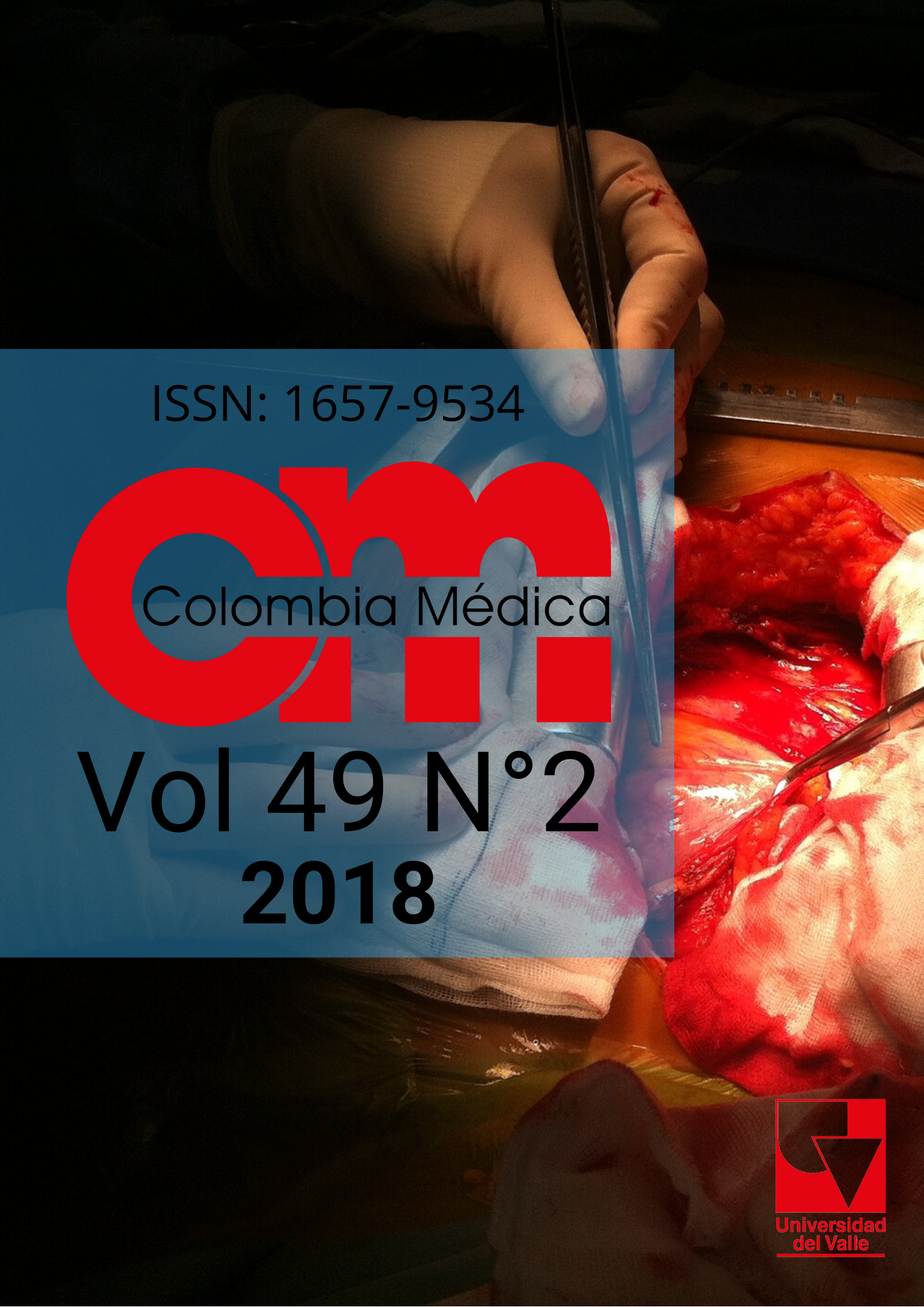Clinical differences between children with asthma and rhinitis in rural and urban areas
Main Article Content
Background: Epidemiological studies have shown that children who grow up on traditional farms are protected from allergic diseases. However, less is known about if the environment influences the pharmacotherapy in these patients.
Objective: To compare the treatment of asthmatic and rhinitis children from urban and rural areas in Medellín, Colombia.
Methods: During one year, we follow up a group of children (6 to 14 years) with diagnostic of asthma or rhinitis living for more than five years in urban or rural area. A questionnaire with socio-demographic characteristics, pharmacotherapy treatments, was obtained each three months. Atopy evaluation, spirometry and clinical test for asthma and rhinitis severity were done at the beginning and one year later.
Results: Eighty six point four percent patients completed the follow up (rural n: 134, urban n: 248). Patients in rural location required less salbutamol (p: 0.01), visit to emergency department (p <0.01) and have a less number of patients with FEV1 <80% (p: 0.05). For clinical control rural children require less pharmacotherapy than urban children (p: 0.01) and more patients with rhinitis (18% vs 8% p: 0.03) and asthma (23% vs 12% p: 0.01) in the rural group could suspended pharmacotherapy. Atopy (p <0.07) and poli-sensitization (p: <0.08) was a little higher in urban than rural area. We observe that poverty/ unhygienic indicators were risk factors for higher levels of specific IgE among patients from urban area.
Conclusion: Patients with respiratory allergies located in urban area require more pharmacotherapy and have less clinical response than rural children.
Downloads

This work is licensed under a Creative Commons Attribution-NonCommercial 4.0 International License.
The copy rights of the articles published in Colombia Médica belong to the Universidad del Valle. The contents of the articles that appear in the Journal are exclusively the responsibility of the authors and do not necessarily reflect the opinions of the Editorial Committee of the Journal. It is allowed to reproduce the material published in Colombia Médica without prior authorization for non-commercial use

